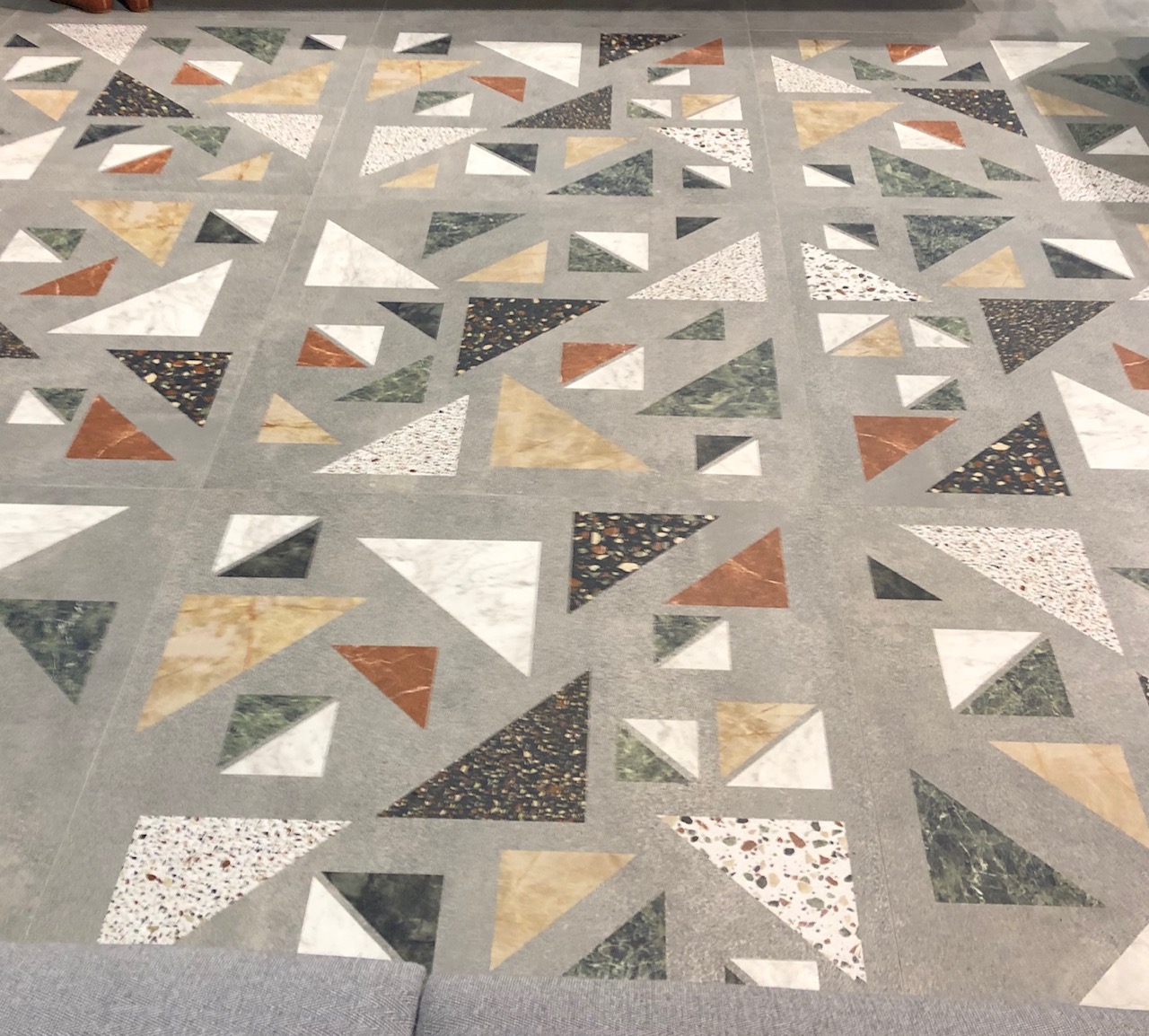Paris-based LAN (Local Architecture Network) recently completed the Building rue de Saussure, a mixed-use project that looks to the city’s past, present and the future at once. A+A recently interviewed architect Umberto Napolitano about his design for the structure:
The project’s precise location? What was there before?
Lot 4.2 is part of the new Clichy-Batignolles mixed development area, situated on the northwest part of Paris. With rail lines running in the middle, this large area belonged to the SNCF (French National Railway Company). The lands were formerly occupied by warehouses or were left empty. Boulevard Pereire marks the boundary to the south with neighborhoods built during the Second Empire, perfect examples of 19th century Parisian architecture.
How did the site drive the design?
The project is at the meeting point of two different periods in the history of Paris’ urban development. The building plays a key role in linking these two architectural worlds. Besides, the plot formed a perfect triangle. Its main side echoes the slight curvature of the boulevard, along which the 19th century inner beltway railway used to run.
What are the materials?
The materials favor a certain sobriety and are limited in number: polished concrete tinted black for the facade, black lacquered aluminum for the concealed opening frames, glass for the windows, both for the half-height windows and the railings, stainless steel mesh, etc. The prefabricated facade consists of 144 modules in a comb or ‘T’ shape. These modules are made of structural concrete, the insulation and facing, of a mat black concrete.
The size and scope of the project? Its purpose?
The building has 3 commercial spaces at the ground floor. The upper levels are dedicated to housing; there are a total of 40 housing units, from studios to five-bedroom duplexes. The floor area is 2,900 square meters.
The inspiration for the design?
The project renders homage to Paris and the 19th century architecture of the Haussmann building. It seeks to preserve the “intrinsic intelligence of this form,” which has allowed the buildings constructed during the Haussmann period to survive many changes and grow with the city, providing multiple, often very different uses of the same building.
The intent of the design?
We have sought to translate the values inherited from Haussmann buildings (flexibility, adaptability, compactness) into an architecture that forms part of the city’s current logic, but which also offers solutions to current and future challenges.
Through its flexibility, the project introduces the notion that by emptying an architecture of its program, a building generates potential that will accompany the evolutions in urban development and allow it to respond more readily to changes in use. The rue de Saussure building seeks to anticipate needs and changes, in particular by proposing a full reversibility between a residential and an office building. The configuration of the floors, the spatial proportions, the regularity of the door and window openings in the facade, as well as the structural system all facilitate the modification of the interior layouts.
The challenges involved?
The main challenge was to deliver a contemporary interpretation of the Haussmann buildings without drifting to a pastiche. That supposed to decipher the architectural qualities and to provide them with a new formal, material and ornamental aspect.
From a technical point of view, the construction of the façade was also very challenging: keeping the panels flush and maintaining the same width in the joints were some of the technical issues that the assembly of the panels raised.
For more information, go to http://www.lan-paris.com/
[slideshow id=1388]

